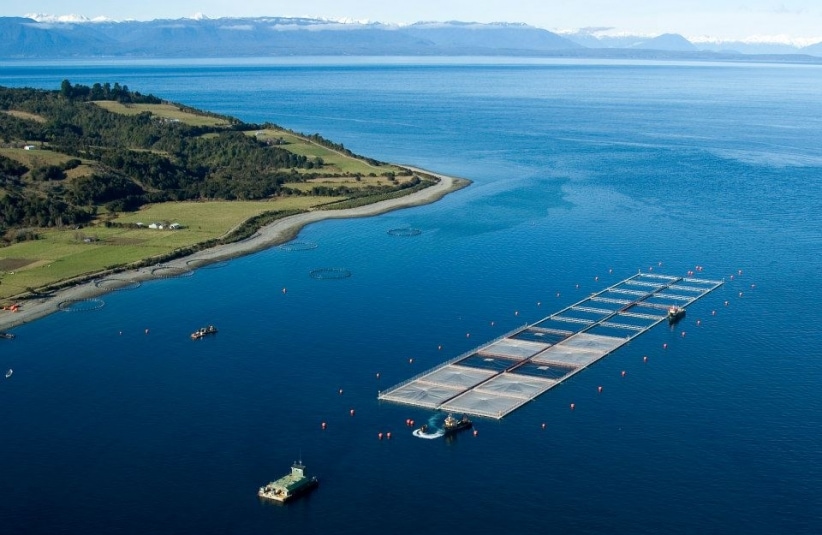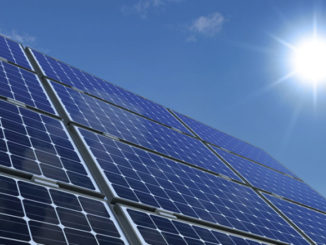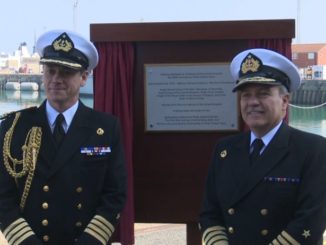
SANTIAGO – Following the Greenpeace’s protest on potential approval of ten new licences in the Magallanes region, Chilean farmers say a “limited” increase in production is possible without damaging the environment of the country’s southernmost region, the UnderCurrentNews reported.
Greenpeace claimed that 10 additional licences, which are currently under discussion and might be approved this year or in coming years, would harm the region’s delicate environment.
Althoguh there is a risk that additional fish farms in the Magellan Strait could “destroy the ocean’s eco-system”. But executives at several Chilean producers told Undercurrent News that an increase in production is possible without damaging the environment, considering the region’s extension is larger than region X and XI together.
“Greenpeace’s conclusions are not scientifically proven and quite irresponsible. The conditions and oceanography in the region are completely different than in the other regions,” said Oscar Garay Krogh, vice president of the Magallanes region’s producers’ association (salmon farmers of Magallanes) and Salmones Magallanes’ farming director.
At present, four companies produce in region XII, including Australis Seafoods, Cermaq Group, Nova Austral and Salmones Magallanes, while two other companies are expected to also start producing in the region. In 2016, about 68,000 metric tons were produced in the region, while in 2017 85-88,000t are expected to be produced.
At present, about 110 licences have been granted in the region, and there are over 450 requests for new licences to be approved or rejected. Of those, 255 have been rejected and surely other 80 will be too.
In the next few years, a maximum of 50-60 licences could be approved before the space in the region is completely filled out, Garay said.
“A maximum of 160 licences in total could be approved in the region, in comparison with 539 in the region X and with the 635 in the XI region. Magallanes in a few years more (if authorities approve new licenses) could produce a maximum of 20% of Chile’s total production, which is quite reasonable. We do not want and we can not to increase it more than that,” Garay noted.
Industry executives also pointed out that they would respect the authorities’ decision, which will be based on scientific evidence, on maximum capacity in the area.
“I believe that there is probably available capacity for growth in the XII region. The point is that we don’t know how much, so we agreed with local authorities, that there will be capacity studies before opening for new licenses. With that, we all believe we can be in the safe side, with possible growth, with science and maintain the good environmental and sanitary situation. Finally, we believe there can be some potential, not too much,” Nova Austral’s CEO, Nicos Nicolaides, said.
Cermaq’s CEO, Geir Molvik, observed the capacity limit in region XII would depend on technology used and the regulatory regime. In an interview with Undercurrent at the Boston seafood show, he also pointed out that allowing bigger sites and longer distances between farms, like it is in Norway, could increase maximum capacity.
“Ten [additional] licences would not make the difference [in region XII in terms of sustainability]. The right level today is probably 150,000-200,000t,” Molvik said.



